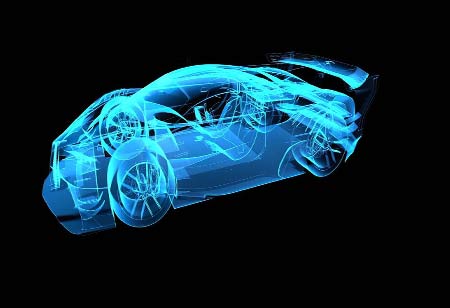Thank you for Subscribing to Auto Business Outlook Weekly Brief
Automobile Manufacturers and 5G Technology
The degree to which technology has imbued the automotive industry is indisputable. Yet, although the word "smart" is sparred about a lot these days, there has been notable growth in the application of new technologies in the automotive sector.

By
Auto Business Outlook | Thursday, September 01, 2022
Stay ahead of the industry with exclusive feature stories on the top companies, expert insights and the latest news delivered straight to your inbox. Subscribe today.

The degree to which technology has imbued the automotive industry is indisputable. Yet, although the word "smart" is sparred about a lot these days, there has been notable growth in the application of new technologies in the automotive sector.
Fremont, CA: 5G technology has a huge prospect of changing the future of transportation. For illustration, Vehicle-to-vehicle and vehicle-to-infrastructure communication could make roadways safer and more eco-friendly. Moreover, new business models, such as on-demand transportation, will be promoted as roads will be prepared with sensors to permit smooth communication.
The Automotive Sector and 5G Technology
In most areas of the world, road accidents remain the top grounds of accidents. Blindspot spotting issues and slow brake reaction times are two of the most general causes of accidents.
As the frequency of happenings has risen, there has been a greater emphasis on road safety. Authorities have attempted to crack this problem, enhancing road infrastructure and explaining traffic signals. Presently, the emphasis is on lowering fatalities by employing cutting-edge technology.
Consequently, governments are utilizing cutting-edge technology to help reduce human-caused mistakes.
The Journey Ahead
The car industry, which manufactures private and public transportation systems, would advantage significantly from the emergence of next-generation wireless networks. Raised control and visibility over transportation systems will be possible when such network technology is incorporated into autos.
Manufacturers should think about installing end-to-end communication within and across cities. The subsequent items should be incorporated into communication support:
Vehicle-to-infrastructure (V2I): Vehicles should be prepared to connect with sensors on traffic lights, roadways, and bridges in such scenarios.
Vehicle-to-vehicle (V2V): In such scenarios, manufacturers should focus on developing automobiles that can communicate instantly with one another.
The automobile industry's degree would extend beyond creating fast and comfy cars to enclose extra technological capabilities. Therefore, manufacturers will require to collaborate with IT firms to enhance the attributes of their goods.
The nature of the futuristic automobile will be dynamic, indicating that vehicles will communicate with one another to dodge collisions.
The severe tornado of upheaval buffets the automotive industry via four basic themes that would fundamentally change automakers' method of vehicle development.
These are some of the recent trends:
• Electrification
• Connectivity
• Mobility that is shared
• Autonomous Vehicles
OEMs have customarily worked mainly with automakers. Conversely, high-tech players make inroads into the automotive market with their technically thoughtful solutions. Therefore, car manufacturers should anticipate noticing more tech partnerships and project-based collaboration.






